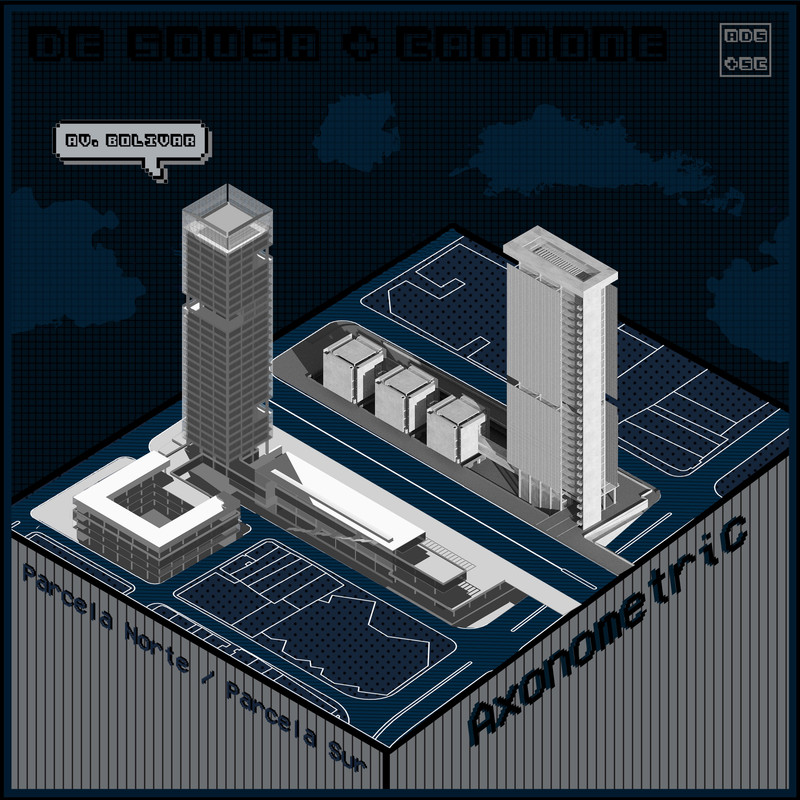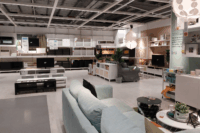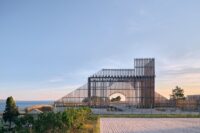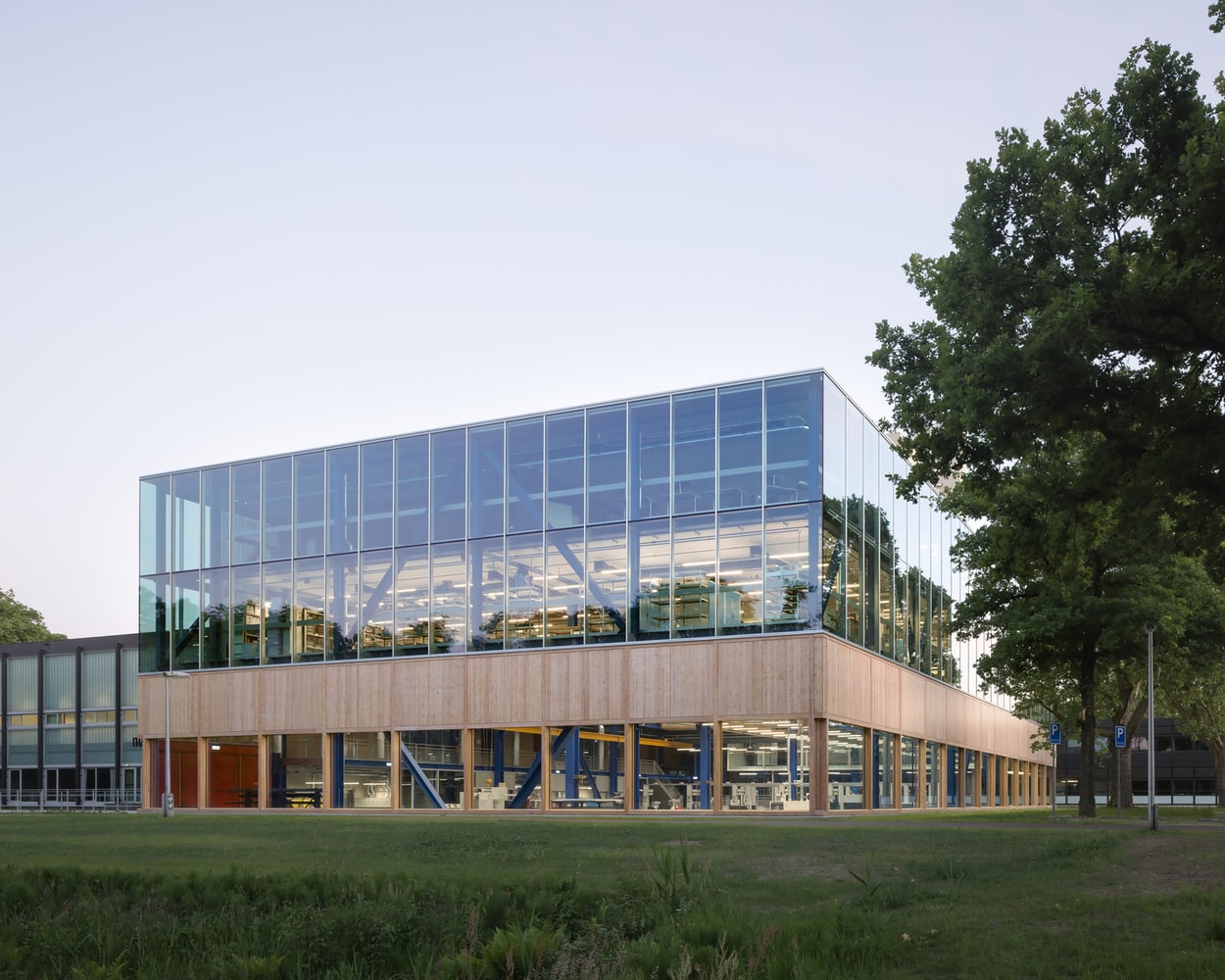- Home
- Articles
- Architectural Portfolio
- Architectral Presentation
- Inspirational Stories
- Architecture News
- Visualization
- BIM Industry
- Facade Design
- Parametric Design
- Career
- Landscape Architecture
- Construction
- Artificial Intelligence
- Sketching
- Design Softwares
- Diagrams
- Writing
- Architectural Tips
- Sustainability
- Courses
- Concept
- Technology
- History & Heritage
- Future of Architecture
- Guides & How-To
- Art & Culture
- Projects
- Interior Design
- Competitions
- Jobs
- Store
- Tools
- More
- Home
- Articles
- Architectural Portfolio
- Architectral Presentation
- Inspirational Stories
- Architecture News
- Visualization
- BIM Industry
- Facade Design
- Parametric Design
- Career
- Landscape Architecture
- Construction
- Artificial Intelligence
- Sketching
- Design Softwares
- Diagrams
- Writing
- Architectural Tips
- Sustainability
- Courses
- Concept
- Technology
- History & Heritage
- Future of Architecture
- Guides & How-To
- Art & Culture
- Projects
- Interior Design
- Competitions
- Jobs
- Store
- Tools
- More

Samba is one of the most intertwined styles in culture. Brazil, and internationally recognized as a symbol be it for its musical richness or as a movement historical-cultural. It is in this context that Samba is composed through a trilogy of phases where history, culture and music with the history of Brazil. In the first phase the root / origin samba stands out with samba de roda and celebrations with African roots; in the second phase Samba gets in touch with other musical genres resulting in strands and style forks; and in the third phase we have their commercialization in relation to the show and the performance. It is also in this last phase that the directions that the pace has taken and how to perpetuate the style for generations future.

Site Context
Bringing the relationship of the samba phase trilogy to the clipping studied in the Historic Center of Rio de Janeiro it is clear that near the ground there are two points of cultural meeting that have relations with samba. The first, the Pedra do Sal, represents the first phase (the origin – quays, arrival, topography, staircases, micro scale, descending x ascending, human scale, sitting, playing, dancing, samba wheel). O second is Largo do São Francisco da Prainha where represents the second phase as it is a meeting point of different styles of samba, thus representing the mix of the style with other rhythms. And finally the proposal of the School of Samba for the ground relates not only to the slope of because it is a macro scale program like also represents the space to perpetuate and think about the future of samba as a complex movement.

Proposal
From the mentioned contexts, the project of Escola do Samba is inserted in the concept of the samba phase trilogy physically spatialized as a circuit building. Gives composition based on physical and subjective attributes not only of samba in general as the meeting points of the surroundings (Pedra do Sal and Largo do São Francisco) resulted in the ground a contemporary space that brings in its plastic architectural respect for this environment but that also proposes a bold space for teaching, exhibition and Style presentation. Not only the students of the school but also the passerby common is carried by a circuit that begins on the ground floor and underground and extends to the vertical floors through a grandstand.

This not only takes them to the program activities but also allows for rest, presentations and exhibitions with wide vision for the spaces internal and semi-public. The circuit is terminated with a gazebo on the top floor facing the Largo, the Pedra do Sal, Morro da Gamboa and the River Port Zone. Conceptually, one looks at the past of Samba and urban context that is the cradle of the rhythm to think about the future. When passing through this circuit the passerby is taken to enter the programmatic spaces to just be crossing to the other side of the court or watching some presentation, for example (ground floor), to know some exhibit or attend any underground conference to to explore written and audiovisual media in the media library of samba, to learn the style on teaching floors or simply enjoy the view from the top floor (restaurant with space for presentations, samba wheel, collective bean stew, etc). That is, WHEN STEP TURN SAMBA!
illustrarch is your daily dose of architecture. Leading community designed for all lovers of illustration and #drawing.
Submit your architectural projects
Follow these steps for submission your project. Submission FormLatest Posts
Louis-Saint-Laurent School by STGM Architectes & Ateliers Architecture
The Louis-Saint-Laurent School expansion by STGM Architectes enhances learning through fluid circulation,...
Design for Education: How Schools Shape the Way We Learn
Design for education: how schools shape the way we learn discover how...
CUBE Workshop Building by Civic Architects
The CUBE Workshop Building at the University of Twente merges engineering, education,...
A School at the Heart of the Landscape: École Hélène Carrère d’Encausse
A new school complex in Marly unites two schools through architecture that...



























Leave a comment